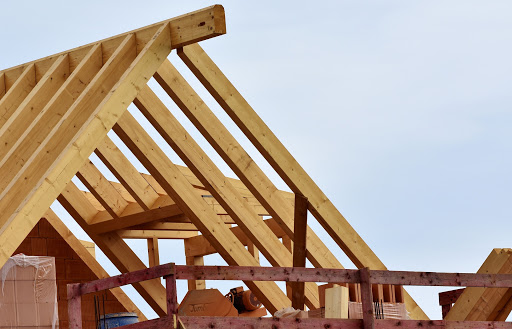Since 2008, California has received global attention for its goal of requiring all new homes to be zero net energy (ZNE) by 2020. ZNE is defined as netting out a home’s annual energy usage to zero by providing offsetting renewable energy, mostly generated on-site. A big component of achieving ZNE has been to sharply ratchet up energy-efficiency improvements in buildings (Title 24) leading up to 2020. As of January this year, photovoltaics (PV) are required to offset the remaining energy needed to get to ZNE. This PV requirement has received big headlines nationally. On a statewide basis, PV installations have been rapidly multiplying because of the state’s renewable-energy-production requirement as well as plummeting costs for renewables.
Today, California’s electric grid power mix stands at 34 percent clean energy. Senate Bill 100, signed into law in 2018, mandates a 100 percent clean grid by 2045. The challenge is turning out to be the glut of solar power during the afternoon but not enough renewable power after sundown to meet heavy evening demand. The crux is not having enough energy storage capacity.
Get the top stories in your inbox by signing up for our daily newsletter, Indy Today.
Why not require new homes to have batteries as well as PVs? State law only allows mandated energy efficiencies, PVs, or battery storage on buildings if they meet a cost-effectiveness test. Currently, batteries do not pass this test but probably will soon. This dilemma has led the state to redefine ZNE as only needing enough PVs to offset “typical electric uses.” Consequently, the state has backed off from true ZNE, as the typical California home uses gas-fueled space heating, water heating, cooking, and clothes drying. This backpedaling from the 2008 goal was necessitated by the state’s desire to decelerate solar penetration until the battery market demonstrates cost-effectiveness.
A number of moves are afoot to remedy this ZNE complication. One is to push to achieve carbon neutrality. Governor Jerry Brown signed an executive order to this effect as he was leaving office. In many California jurisdictions, this campaign to “decarbonize” or “electrify” new homes is leading to ordinances designed to eliminate fossil-fuel combustion from our homes. Another effort is to create legal solutions to the cost-effectiveness roadblock, thus potentially leading to full electrification in homes in the 2022 code. The third campaign, more broadly focused than just on residential, is to develop better, more cost-effective and environmentally friendly energy storage — from car to home to neighborhood to business park scale.
The ZNE setback is disappointing, but the backsliding will be remedied within a few years.
Every day, the staff of the Santa Barbara Independent works hard to sort out truth from rumor and keep you informed of what’s happening across the entire Santa Barbara community. Now there’s a way to directly enable these efforts. Support the Independent by making a direct contribution or with a subscription to Indy+.

